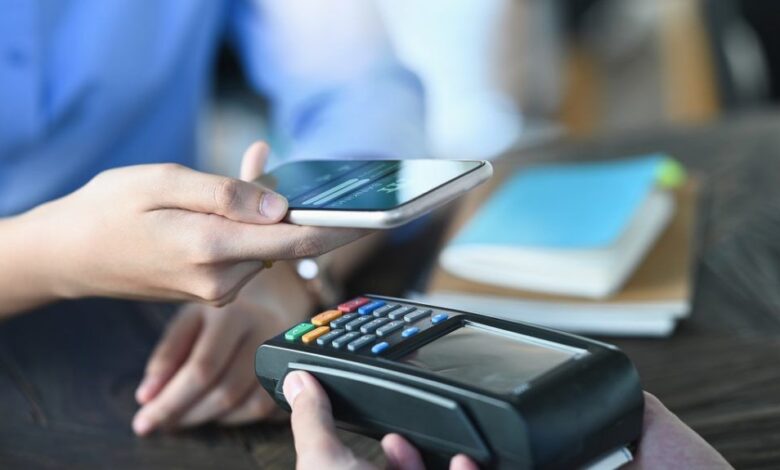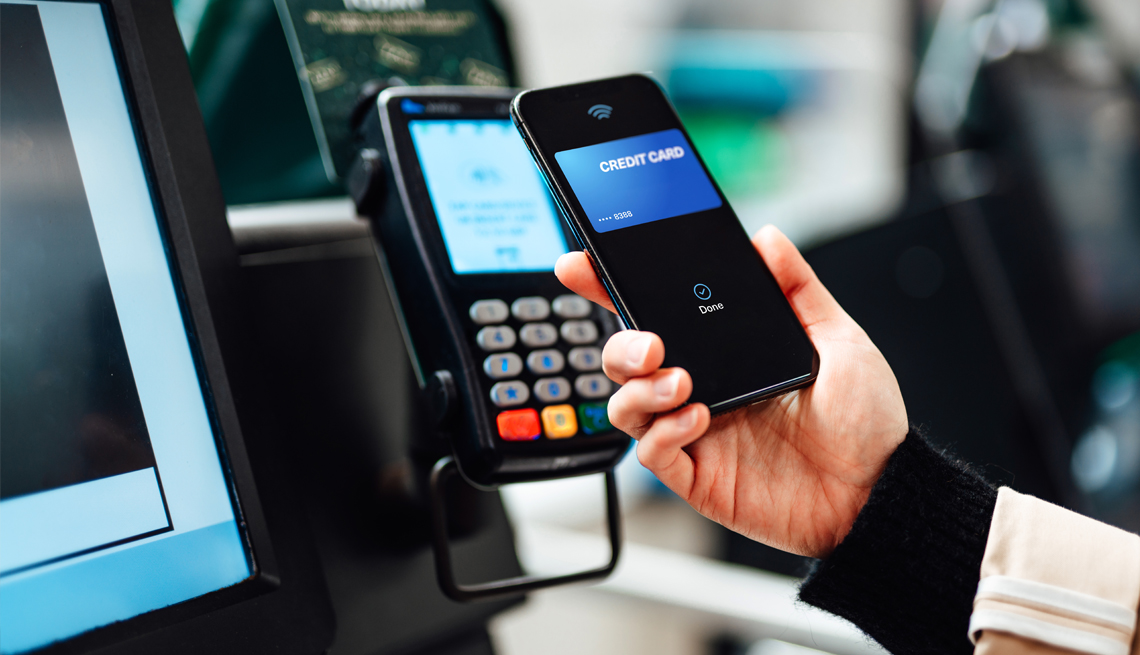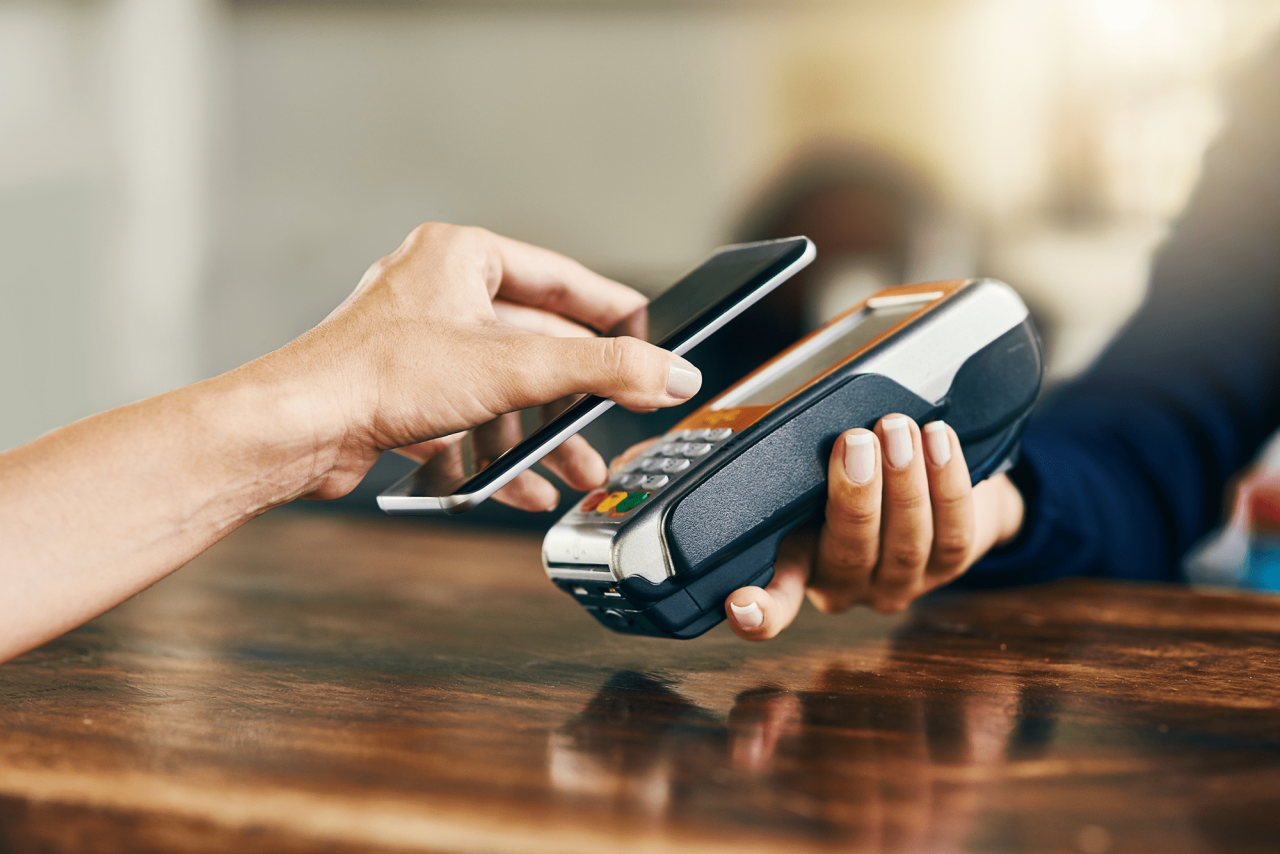Fortifying Your Funds: Essential Mobile Wallet Security

Remember the days of fumbling with cash or digging for your credit card? They’re rapidly fading into history. Today, our smartphones aren’t just for calls and browsing; they’ve become our primary mobile wallets.
Services like Apple Pay, Google Wallet, Samsung Pay, and countless banking and payment apps have transformed our phones into powerful financial tools, capable of handling everything from a quick coffee purchase to complex online transfers.
This convergence of finance and technology brings incredible convenience, but it also aggregates a massive amount of valuable data and purchasing power into one device.
This seamless experience, however, comes with a substantial security responsibility. A lost or compromised smartphone is no longer just a communication headache; it’s a potential financial disaster.
Unlike a physical wallet, which might contain a few cards and some cash, your mobile wallet holds the keys to your entire digital financial life.
If an attacker gains access, they don’t just steal the cash—they can potentially drain bank accounts, make fraudulent purchases, and even commit identity theft. Therefore, understanding and implementing robust mobile wallet security is critical.
This comprehensive guide will walk you through the essential steps to secure your digital funds, ensuring that your pocket-sized financial hub remains a fortress against modern digital threats.
Securing the Device: The Foundation of Wallet Protection

The mobile wallet is simply an app on your phone. If the phone itself is insecure, no wallet app, no matter how good, can protect your funds. The device is the primary lock.
A. Mandatory Screen Lock and Authentication
This is the most fundamental and crucial step. Your screen lock is the outer gate to your mobile fortress.
A. Biometric Security is Best: Utilize the strongest authentication method your device offers: fingerprint scanning (Touch ID) or facial recognition (Face ID). Biometrics are faster and significantly harder for an opportunistic thief to bypass than a simple PIN.
B. Complex Passcodes/PINs: If biometrics fail or aren’t available, your fallback PIN must be strong. Avoid obvious choices like birth dates, “1234,” or sequences. Use a six-digit (or longer) complex alphanumeric passcode if your device allows.
C. Short Auto-Lock: Set your device to automatically lock after a very short period of inactivity (e.g., 30 seconds). This prevents a thief from quickly grabbing and using your device if you step away briefly.
D. Lockout Settings: Configure your device to wipe the data (or delay access significantly) after a small number of incorrect login attempts. While drastic, this protects your financial data from brute-force attacks.
B. Operating System (OS) and App Hygiene
Outdated software is a security vulnerability waiting to be exploited.
A. Immediate Software Updates: Install OS updates (iOS, Android) immediately. These updates frequently include critical security patches that protect against new threats and exploits discovered by cybercriminals.
B. Official App Stores Only: Only download wallet apps, banking apps, and financial tools from the official Apple App Store or Google Play Store. Third-party sources often host counterfeit apps that are designed to steal your credentials.
C. Permissions Review: Regularly review the permissions requested by your wallet and financial apps. Does your banking app truly need access to your microphone or contacts? Only grant permissions that are absolutely essential for the app’s functionality.
Fortifying the Wallet Apps: Inside the Digital Vault
Once the device is secure, you need to ensure the wallet applications themselves have additional layers of defense.
A. Layered Authentication for Payments
Mobile wallet providers use tokenization and biometrics to enhance security, but users must engage these features correctly.
A. Tokenization Awareness: Understand that when you add a credit card to a mobile wallet, the actual card number is never stored on the phone or transmitted during a transaction. Instead, a unique, encrypted digital token is created. If an attacker intercepts this token, it’s useless for online shopping or physical card cloning.
B. Mandatory Transaction Authentication: Ensure your wallet settings require biometric authentication (fingerprint or face scan) for every single transaction, even small ones. This prevents a thief from using your phone for Tap-to-Pay purchases even if they’ve bypassed the main screen lock.
C. Disable Lock Screen Access: Check your settings to ensure the mobile wallet cannot be accessed or activated from the locked screen. This forces the attacker to fully unlock your device before they can even attempt a payment.
B. Using Strong, Unique Passwords for Financial Accounts
While the mobile wallet uses biometrics, the underlying accounts (bank logins, PayPal) are still protected by passwords.
A. Password Manager Integration: Use a reputable password manager to create and store unique, highly complex passwords for every financial account linked to your mobile wallet.
B. Multi-Factor Authentication (MFA) on Linked Accounts: Implement MFA on your bank account, email, and any linked payment processors (like Venmo or PayPal). If your phone is lost, an attacker can’t access your primary accounts even if they guess your password. Use an authenticator app (like Authy or Google Authenticator) rather than SMS for MFA, as SMS codes are vulnerable to SIM-swapping attacks.
C. Separate Email: Consider using a unique or lesser-known email address for your primary financial accounts that is separate from your main, public-facing email address. This reduces the risk of phishing attempts targeting your financial logins.
Protecting Against Loss and Theft: Proactive Measures

The greatest vulnerability for a mobile wallet is the physical loss or theft of the device itself. Preparation is your best defense.
A. Enable Find and Remote Wipe Services
These services are your immediate recourse the moment your phone goes missing.
A. Activate Find My Phone: Ensure location services (like Apple’s Find My or Google’s Find My Device) are always enabled. This allows you to track the phone’s location on a map.
B. Practice Remote Lock and Wipe: Know how to use the remote lock feature, which immediately locks the device and displays a contact number for its return. Crucially, know how to execute a remote wipe, which deletes all data on the device, including your wallet data, if recovery is impossible. This must be your absolute last resort, but it’s the ultimate protection against data theft.
C. Secure SIM Card: Enable a SIM card PIN lock through your mobile carrier. This prevents a thief from simply removing your SIM card and placing it in another phone to receive MFA codes or calls, protecting you against SIM-swapping.
B. Backup and Restore Preparation
Losing your phone shouldn’t mean losing your access or data forever.
A. Cloud Backup Integrity: Ensure your phone is regularly backing up critical data to a secure cloud service (iCloud or Google Drive). This allows you to restore contacts, apps, and settings easily onto a new device.
B. Secure Your Backup: The cloud account holding your backup must be secured with the strongest possible password and MFA. If an attacker gains access to your backup account, they gain access to a treasure trove of your data.
C. Keep Records Separate: Do not take photos or screenshots of your credit card numbers, passwords, or recovery phrases and store them in your camera roll or notes app. Store this sensitive information securely in a dedicated, encrypted password manager.
Navigating the Digital Environment: Wi-Fi, Phishing, and Malware
How and where you use your mobile wallet connection can introduce new risks.
A. Wi-Fi and Network Security
Unsecured networks are prime hunting grounds for cybercriminals looking to intercept your data.
A. Avoid Public Wi-Fi for Transactions: Never use public, unencrypted Wi-Fi hotspots (like those at cafes or airports) to log into your bank, make large transfers, or change passwords. These networks can often be monitored by hackers.
B. Use a VPN on Public Networks: If you must conduct financial business on a public network, use a reputable Virtual Private Network (VPN). A VPN encrypts all data leaving your device, creating a secure tunnel that shields your transactions from local snoops.
C. Disable Auto-Connect: Turn off the feature that allows your phone to automatically connect to known Wi-Fi networks. This prevents your phone from unwittingly connecting to malicious spoofed networks designed to look like legitimate ones.
B. Defending Against Phishing and Social Engineering
Attackers often target your login credentials rather than trying to hack the wallet’s encryption.
A. Beware of Suspicious Links: Never click on links in text messages (smishing) or emails claiming to be from your bank, payment app, or phone carrier, especially if they ask you to “verify your account” or “reset your password.” Navigate directly to the official website or open the official app.
B. Verify Urgent Calls: If you receive an unexpected call claiming to be from your bank or a mobile wallet service about a “fraudulent transaction,” hang up. Call them back immediately using the official number listed on the back of your card or on their official website.
C. Check the URL: Before entering any credentials on a website accessed via your mobile browser, double-check the URL in the address bar for spelling errors or strange characters—classic signs of a spoofed (fake) site.
Advanced Measures and Financial Hygiene
For those who rely heavily on mobile payment apps, these steps provide additional layers of control and security.
A. Limiting Financial Exposure
Minimize the potential loss if your phone is compromised.
A. Daily Transaction Limits: Utilize the features provided by your bank or card issuer to set low daily spending limits on the cards linked to your mobile wallet. This caps the amount a thief can spend quickly before you notice the loss.
B. Use Dedicated Cards: Consider using one specific, low-limit credit card solely for your mobile wallet transactions. If this card is compromised, the rest of your primary finances are untouched.
C. Regular Monitoring: Get in the habit of checking your bank and credit card transaction history daily via the official apps. The sooner you spot an unauthorized charge, the quicker you can report it and mitigate the damage.
D. Disable NFC When Not in Use: Near Field Communication (NFC), the technology powering Tap-to-Pay, should be managed. While wallets require authentication, turning off NFC in your device settings when not actively making a purchase is an extra measure to prevent unintended or accidental connections.
B. Maintaining App Integrity
The integrity of your mobile operating system is paramount to the wallet’s security mechanisms.
A. Avoid Jailbreaking or Rooting: Never “jailbreak” (iOS) or “root” (Android) your device. This process bypasses the essential security protections built into the operating system and compromises the secure environment required by wallet apps and financial institutions. Many payment apps will refuse to run on a rooted device for this very reason.
B. Use Quality Security Software: While less common on mobile than desktop, consider using reputable mobile security software that scans for malware and monitors suspicious app behavior in the background.
C. Delete Old Apps: Regularly uninstall apps, especially those you haven’t used in months or years. These apps, if old or poorly maintained, can become security holes that attackers exploit to gain access to your phone’s inner workings.
Conclusion
The mobile wallet is a revolutionary convenience, but its security hinges entirely on user diligence.
Your phone is a highly sophisticated, interconnected device; therefore, your security strategy must be equally sophisticated and layered.
You must shift your mindset from merely being a user of the device to becoming the active security manager of your personal financial ecosystem.
The core defense starts with the device itself: enforce biometrics and a complex fallback PIN, and commit to immediate software updates.
This secures the outer shell. Within the wallet, you must mandate transaction-level authentication, ensuring a fingerprint or face scan is needed for every purchase, effectively neutralizing opportunistic theft.
Beyond the phone, you must fortify your online identity by implementing MFA on all linked financial accounts and adopting a VPN whenever using public Wi-Fi.
Most critically, the moment your phone is lost, you must be prepared to act instantly. Knowing how to execute a remote wipe—a crucial, pre-rehearsed skill—is the ultimate fail-safe that guarantees your financial data does not fall into the wrong hands.
By embracing these essential tips, from setting low daily limits to maintaining strict app and OS hygiene, you ensure that your mobile wallet is not a point of vulnerability, but a reflection of secure, modern financial management.
The future of effortless payment is here, but its safety rests firmly in your informed and diligent hands.







